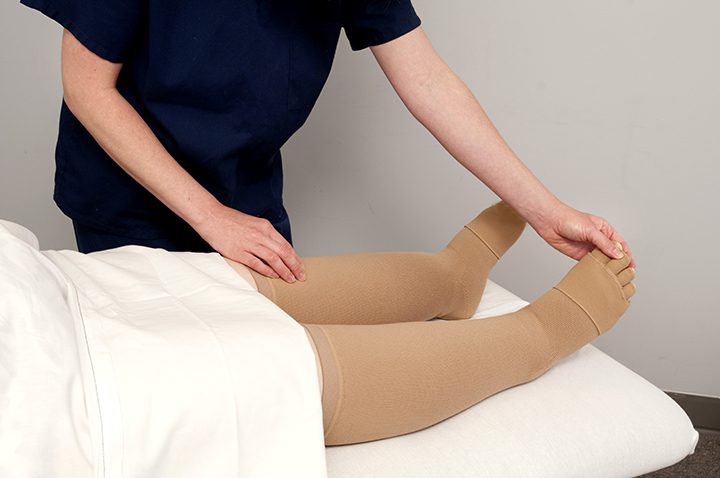Lymphedema Therapy
What is it?
Lymphedema is commonly recognized by significant swelling that occurs in one arm or leg. More specifically, it is defined as an abnormal accumulation of protein-rich fluid in between body cells (interstitial space), which can result in swelling of a body such as the arm, leg, face, neck, breast or the trunk. This can cause inflammation and reactive fibrosis (hardening), as well as other skin changes of the affected tissues.
Why does it occur?
The causes of lymphedema can be categorized as primary and secondary. Primary Lymphedema is the abnormal development of the lymphatic vessels at birth – which can be hereditary. Secondary Lymphedema is often caused by lymphatic vessel damage due to various conditions such as Filariasis (parasitic), Surgery and/or radiation, obesity and/or immobility, chronic venous insufficiency, cancer (malignant), trauma or infection.
What are the symptoms?
Swelling of a body part which can cause loss of anatomical contours. Asymmetrical swelling if symptoms are bilateral, tightness of the skin, pitting/indentation with pressure on swollen area, or discomfort/heaviness of a body part.
How is it treated?
If you have lymphedema or you are at risk of developing lymphedema, your doctor/oncologist may refer you to a physical therapist who has been specifically trained in lymphedema treatment/management. The goals of treatment is to reduce the risk of lymphedema occurence, reduce/maintain minimal swelling, reduce the risk of infection, and improve the ability to continue activities of daily living. Treatments would include patient education, manual lymph drainage, exercise, bandaging and fitting for a compression garment.
